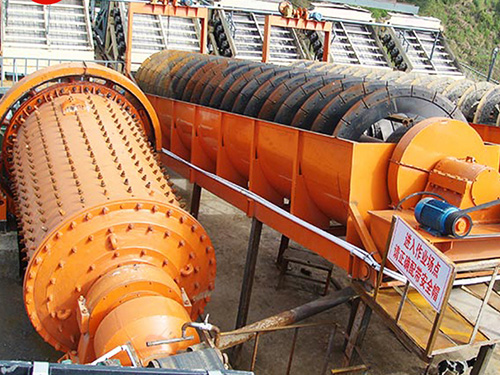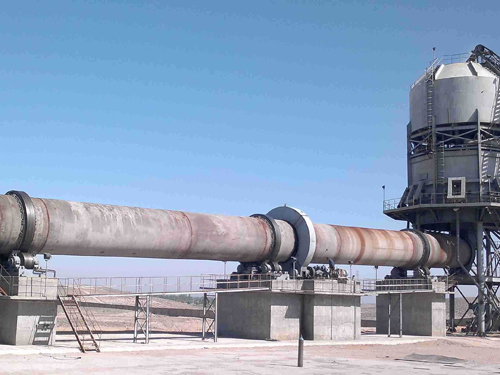
Sand Ball Mill: A Comprehensive Guide to Efficient Grinding
Introduction
The sand ball mill is a crucial piece of equipment in industries requiring fine grinding and dispersion of materials. Widely used in ceramics, cement, paint, and mineral processing, this grinding machine ensures uniform particle size distribution, enhancing product quality. This article explores the working principle, applications, advantages, and maintenance of sand ball mills to help businesses optimize their grinding processes.
What Is a Sand Ball Mill?
A sand ball mill is a type of grinding machine that uses rotating cylinders filled with grinding media (such as ceramic balls or steel balls) to reduce material into fine particles. Unlike traditional ball mills, sand ball mills are designed for wet grinding processes, making them ideal for slurry preparation in industries like paints, coatings, and ceramics.
Working Principle of a Sand Ball Mill
The sand ball mill operates on a simple yet effective mechanism:
Material Feeding – The raw material (often mixed with water or solvents) is fed into the grinding chamber.
Grinding Process – The rotating cylinder causes the grinding media to cascade and impact the material, breaking it down into finer particles.
Discharge – The finely ground slurry exits through a discharge screen, ensuring uniform particle size.
The efficiency of a sand ball mill depends on factors like rotational speed, grinding media size, and material viscosity.
Key Applications of Sand Ball Mills
Sand ball mills are versatile and used in multiple industries:
Paints & Coatings – For pigment dispersion and smooth texture.
Ceramics – Grinding raw materials like clay and silica.
Minerals Processing – Refining ores and minerals for further processing.
Chemical Industry – Producing fine chemical powders and suspensions.
Advantages of Using a Sand Ball Mill
High Grinding Efficiency – Achieves finer particle sizes compared to conventional ball mills.
Wet Grinding Capability – Ideal for slurry-based industries.
Uniform Particle Distribution – Ensures consistent product quality.
Low Energy Consumption – Modern designs optimize power usage.
Durable & Low Maintenance – Robust construction minimizes wear and tear.
Maintenance Tips for Sand Ball Mills
To maximize the lifespan and efficiency of a sand ball mill, follow these maintenance practices:
Regularly inspect grinding media for wear and replace if necessary.
Lubricate bearings and moving parts to prevent friction damage.
Clean the grinding chamber to avoid material buildup.
Monitor motor performance to prevent overheating.
The sand ball mill is an indispensable tool for industries requiring fine grinding and material dispersion. Its efficiency, versatility, and low maintenance make it a preferred choice for manufacturers. By understanding its working principles and proper maintenance, businesses can enhance productivity and product quality.
For optimal performance, always choose a high-quality sand ball mill from a trusted supplier and follow operational best practices.






